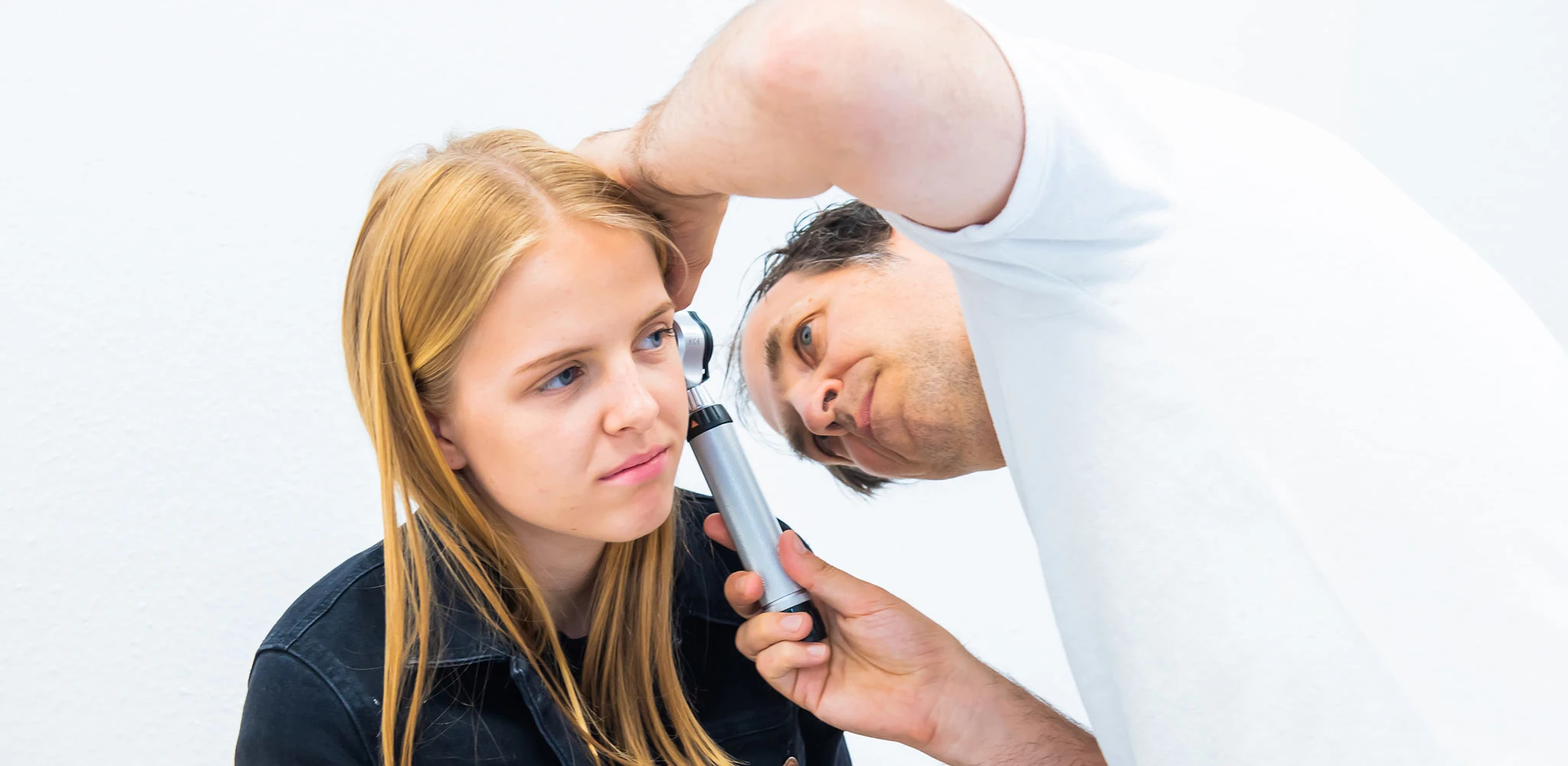Beware of drowning!
Anyone who knows me from practical experience knows that I am usually very relaxed and not very anxious when it comes to parenting and development issues and often advise people not to take a too tense view of things. But when it comes to today's topic, there is simply zero room for compromise. It's one of the most important issues in paediatrics: the risk of children drowning.
The rules are clear - and they should ALWAYS be strictly followed:
A child who cannot swim very confidently and is not at least of advanced primary school age must never be left unsupervised near water for even ONE second. Regardless of whether they are wearing water wings or not. And water doesn't just mean a pool or a lake, but also water in a rain barrel, a very shallow paddling pool, a really small stream or the bathtub at home. No child unsupervised! Never!
Accidents are part of children growing up. And for us parents, it is often difficult to find the right balance between protecting and overprotecting, allowing children to gain experience and at the same time limiting unnecessary risks. Fortunately, children usually have a well-functioning guardian angel when it comes to climbing accidents, bicycle accidents, falling down stairs, etc. Unfortunately, this usually fails completely when it comes to water accidents.
Once again: it is not the depth of the waterhole that is decisive, but its accessibility. What many people don't realise is the phenomenon of "dry drowning": In children up to pre-school age, sudden contact with water can lead to reflex breathing arrest and such a massive cramping of the larynx that this can have a fatal outcome.
If you are in the garden with your child at the paddling pool and the telephone rings in the house, you have to go to the toilet or the postman arrives: either tuck your child under your arm, no matter how much they protest, or let the telephone or postman ring and postpone going to the toilet - because your eyes must remain with your child at all times.
Further interesting tips
Drink
Time for a classic. The parental question "How much does my child need to drink?" is an integral part of the paediatrician's daily routine.
Package insert
It's a bit of a double-edged sword ... On the one hand, package leaflets are very important and helpful: for example, if you want to look up the dosage again or if there is anything you need to bear in mind, e.g. with regard to the time between meals.
Moles
Children are not small adults. One topic where this beautiful phrase once again applies is the mole, medically known as a nevus. Dealing with brown moles and the need to have them looked at by a dermatologist is very different for children than for adults.
